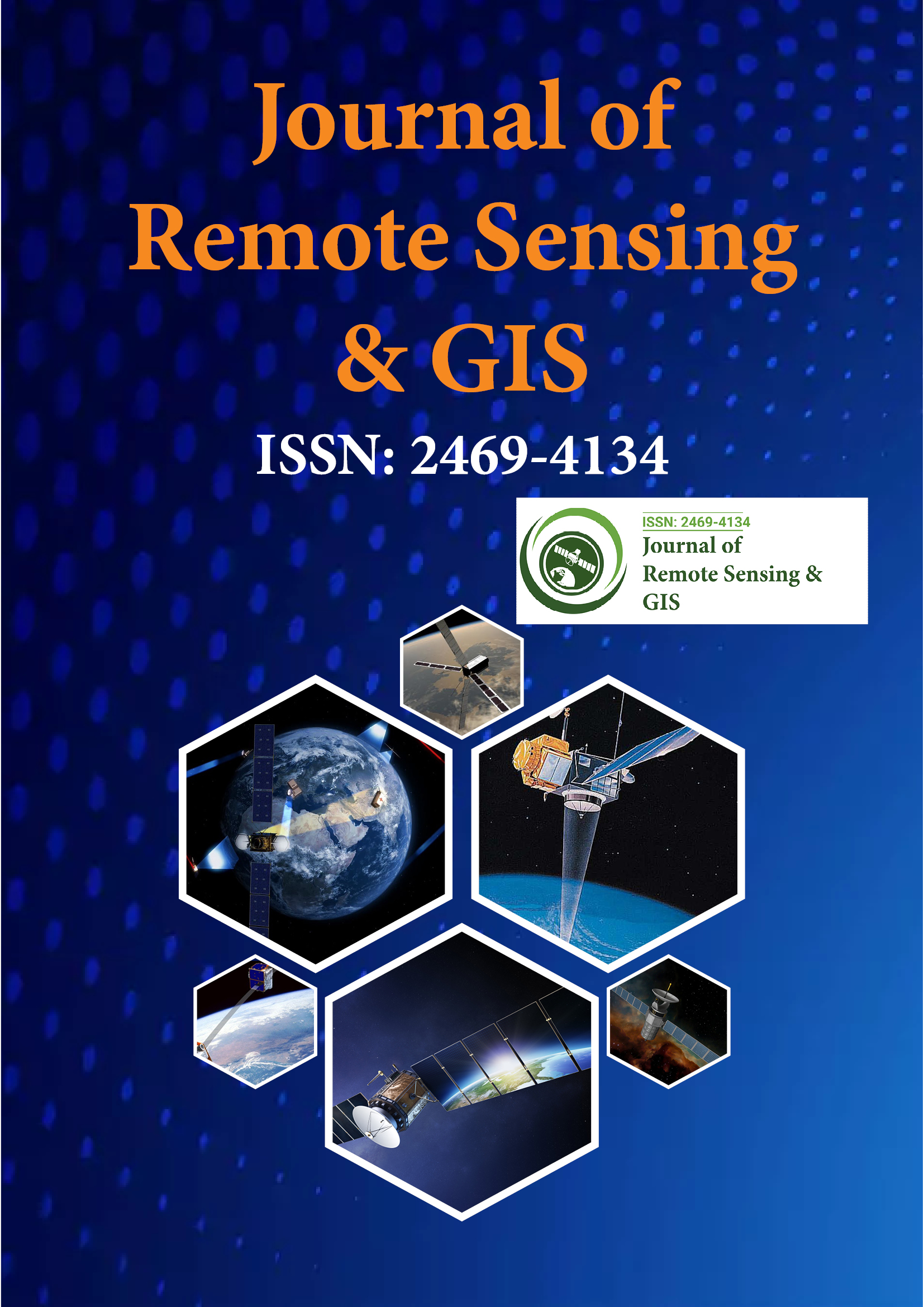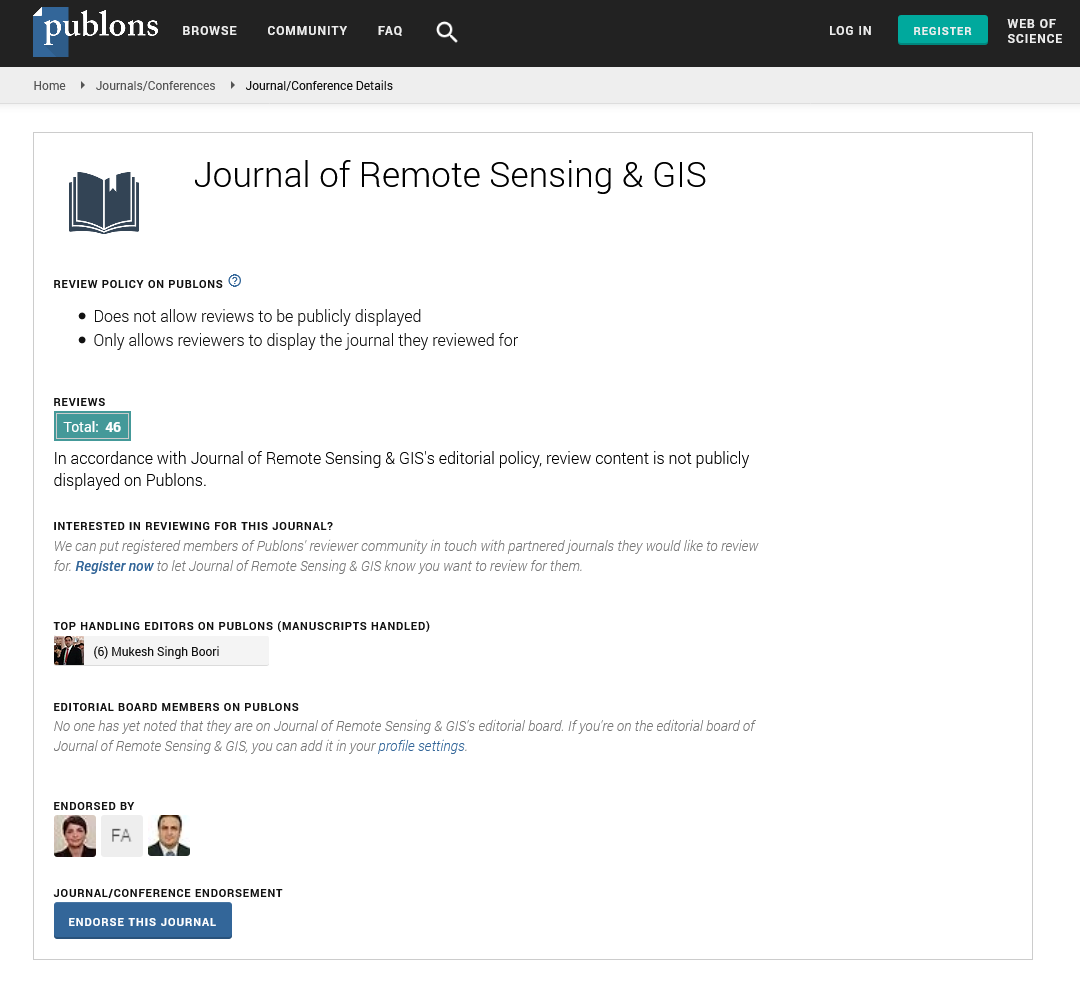Indexed In
- Open J Gate
- RefSeek
- Hamdard University
- EBSCO A-Z
- OCLC- WorldCat
- Publons
- International Scientific Indexing
- Euro Pub
- Google Scholar
Useful Links
Share This Page
Journal Flyer

Open Access Journals
- Agri and Aquaculture
- Biochemistry
- Bioinformatics & Systems Biology
- Business & Management
- Chemistry
- Clinical Sciences
- Engineering
- Food & Nutrition
- General Science
- Genetics & Molecular Biology
- Immunology & Microbiology
- Medical Sciences
- Neuroscience & Psychology
- Nursing & Health Care
- Pharmaceutical Sciences
Abstract
Geo-spatial Analysis for Estimation of Land surface Temperature change using Remotely sensing Imageries on Raya Alamata and Raya Azebo woredas southern Tigray, Northern Ethiopia.
Fikre Hagos*, Yemane Kahsay and Hagos Heshe
The aim of this study was the surface temperature compute and NDVI value changes from 2015 to 2023 and also to correlation for surface temperature and NDVI values in study area for respectively years. Surface temperature and NDVI values were taken out from the remotely sensed data (Landsat 8 Operational Land Imager (OLI)) and Thermal Infrared Sensor (TIRS) band 10 100 m resolution for 2015 and 2023 were used. Those data was downloading from USGS using (Path-168 and Row-51) freely. The results of this study were -0.1565 to 0.5605 and -0.550 to 0.5082 for the respectively year. The NDVI value was mostly a sign that uses (NIR) bands to measure healthy vegetated areas. The surface temperature output represented from the low to high values 24.884? to 46.853? and 24.247? to 47.562? respectively study years. The surface temperature was traced in the southern of Tigray Raya Alamata and Raya Azebo woredas increased to 0.709? in 2023 from 2015. The R2 for the NDVI value and ST correlations values identified 96.34%, 95.87% 2015 and 2023, correspondingly due to the NDVI value differences for disturbed the years. Normally, absorb the healthy vegetation area’s reflected a large portion of the NIR to space. Significant procedures were to be alarmed to gain the effective control surface temperature on the study area. Based on Normalized Difference Vegetation Index (NDVI) classification were used to calculate the vegetation area. Based on the surface emissivity on NDVI was used to retrieved the final surface temperature.
Published Date: 2025-04-21; Received Date: 2024-03-30

